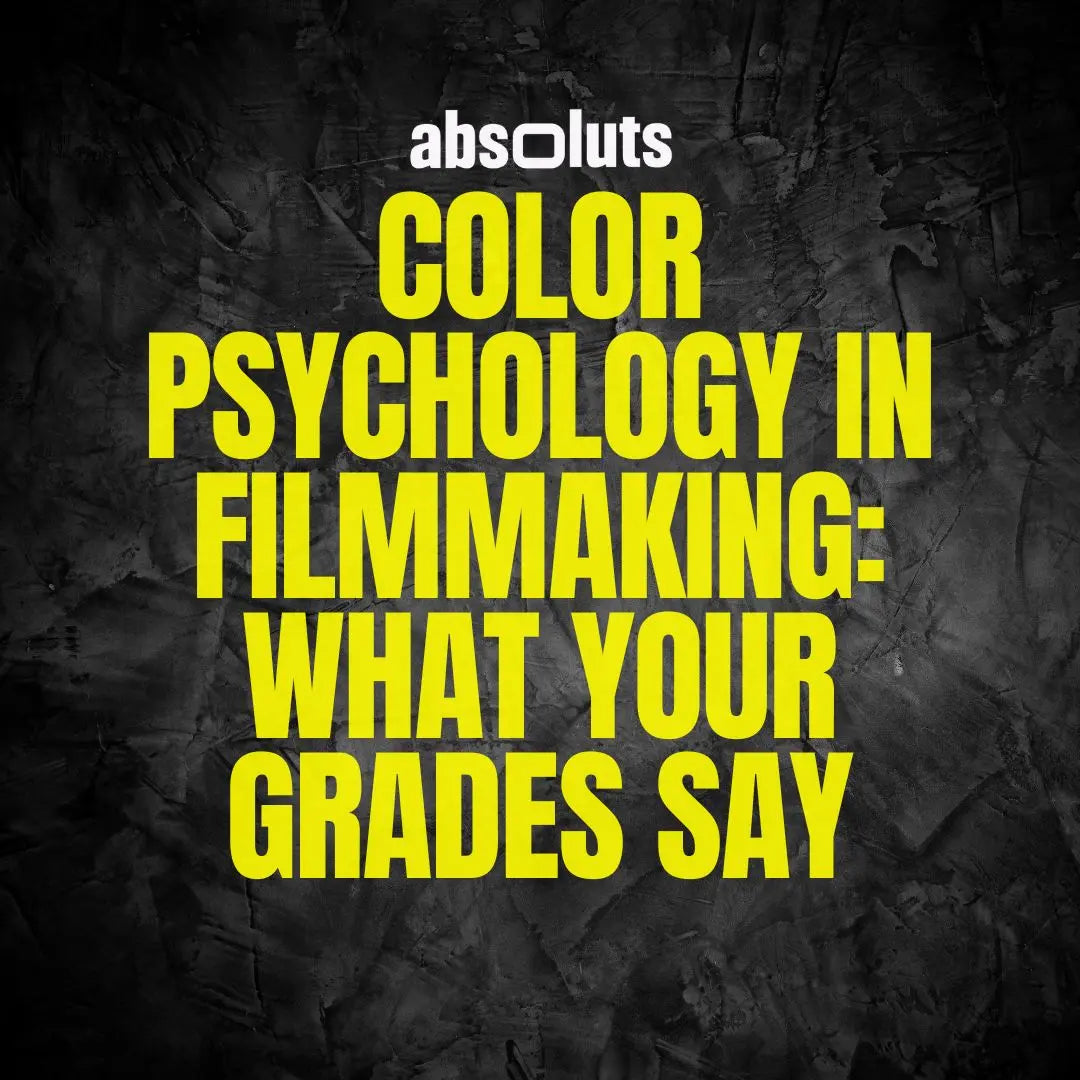
Color Psychology in Filmmaking: What Your Grades Say
Color isn’t just about aesthetics, it’s about psychology. In filmmaking, every grade you apply communicates emotions, themes, and even subconscious cues to your audience. Whether you’re grading a commercial, a short film, or social content, understanding the psychological impact of color helps you design a more intentional and powerful story.
Let’s explore how different colors influence perception, and how you can use them strategically in your color grading.
1. Warm Tones – Comfort, Passion, and Energy
Warm colors like reds, oranges, and yellows often evoke emotion, intensity, and intimacy.
- Red suggests passion, urgency, or danger.
- Orange conveys warmth, nostalgia, or happiness.
- Yellow can symbolize optimism but also unease, depending on context.
👉 Try our White Lotus LUT Pack for instantly adding warm, film-inspired palettes to Apple Log footage.

2. Cool Tones – Distance, Calm, or Isolation
Cooler palettes (blues, teals, greens) often give a colder, detached, or futuristic vibe. They can suggest professionalism and clarity, but also loneliness or melancholy.
- Blue is often linked with trust, calm, or sadness.
- Green can represent growth, balance, or unease when desaturated.
👉 For moody or stylized grades, our CineCold Vision LUT Pack includes teal and cool-toned that bring depth and cinematic atmosphere to iPhone footage.

3. Contrasts & Complements – Visual Tension
One of the most powerful techniques in color psychology is contrast between complementary tones.
- Teal & Orange: Hollywood’s go-to for balancing skin tones with cooler backgrounds.
- Red & Green: Creates tension, unease, or dramatic energy.
- Purple & Yellow: Suggests creativity, surrealism, or heightened drama.
This contrast not only pleases the eye but also guides attention to where it matters most in your frame.
👉 Our Kodak Vision 3 LUT is crafted for creators who want bold cinematic contrasts with clean skin tones.

4. Desaturation – Subtlety and Realism
Sometimes, less is more. Muted or desaturated palettes can feel more grounded, gritty, or documentary-like. This technique often signals authenticity, seriousness, or a darker emotional tone.
5. Intentional Color = Intentional Storytelling
Ultimately, the psychology of color isn’t about “pretty grades”, it’s about storytelling through emotion. Every choice you make in color grading reinforces how your audience feels about characters, environments, and themes.
By consciously using warm tones, cool palettes, or contrasts, you transform color grading from a technical step into an emotional storytelling tool.
Final Thoughts
Next time you sit down to grade your iPhone footage, ask yourself: what do I want the audience to feel? Then, use color psychology to guide your choices. With the right tools and techniques, you can make every frame a deliberate emotional experience.
👉 Explore the full Absoluts Store for LUTs and PowerGrades tailored for Apple Log and iPhone footage.
